The Green fragrance family is cherished for its crisp, vibrant scents that evoke the essence of nature's verdancy. Characterized by fresh, leafy, and sometimes herbal notes, Green fragrances capture the smell of freshly cut grass, dewy leaves, and the outdoors after a rain. These fragrances are a celebration of the great outdoors, offering a refreshing and invigorating scent profile that appeals to those who love the freshness of nature.
Green fragrances are the olfactory reflection of a walk through lush forests, verdant fields, and herb gardens. They stand out for their sharp, clean aromas that instantly uplift and energize. Launched into popularity in the 1970s and 1980s, Green fragrances have since become synonymous with freshness, purity, and vitality. They often incorporate elements of citrus, aquatic notes, and woods to enhance their natural, earthy qualities.
The development of green fragrances was significantly advanced by the introduction of synthetic molecules in the 20th century. These innovations allowed perfumers to create more vivid, long-lasting green notes that could evoke specific natural scenes and elements more accurately. In the 1970s and 1980s, several iconic green fragrances were launched, setting the foundation for this family. These scents were characterized by their fresh, herbal, and sometimes sharp profiles, offering a refreshing alternative to the heavy, opulent perfumes of the previous eras.
Today, green fragrances continue to evolve, incorporating aquatic, fruity, and floral notes to create complex, multidimensional scents. They appeal to those seeking a connection to nature and a sense of renewal and vitality. The future of green fragrances lies in the exploration of new botanicals and innovative synthetic materials, aiming to capture the ever-changing landscape of the natural world. As environmental awareness grows, green fragrances are likely to play a key role in reflecting society's values and aspirations towards sustainability and harmony with nature.
Green fragrances are the olfactory reflection of a walk through lush forests, verdant fields, and herb gardens. They stand out for their sharp, clean aromas that instantly uplift and energize. Launched into popularity in the 1970s and 1980s, Green fragrances have since become synonymous with freshness, purity, and vitality. They often incorporate elements of citrus, aquatic notes, and woods to enhance their natural, earthy qualities.
History
Green fragrances, known for their crisp, clean, and vibrant characteristics, emerged as a distinct category in the 20th century. These scents are inspired by the fresh, leafy, and sometimes bitter aspects of plants and foliage, evoking the essence of nature's greenery. The inspiration for green fragrances comes from the lush landscapes, wet grass, crushed leaves, and the refreshing outdoors. Early interpretations sought to capture the essence of a walk through a verdant forest or a freshly mowed lawn, bringing the outdoors into personal scent.The development of green fragrances was significantly advanced by the introduction of synthetic molecules in the 20th century. These innovations allowed perfumers to create more vivid, long-lasting green notes that could evoke specific natural scenes and elements more accurately. In the 1970s and 1980s, several iconic green fragrances were launched, setting the foundation for this family. These scents were characterized by their fresh, herbal, and sometimes sharp profiles, offering a refreshing alternative to the heavy, opulent perfumes of the previous eras.
Today, green fragrances continue to evolve, incorporating aquatic, fruity, and floral notes to create complex, multidimensional scents. They appeal to those seeking a connection to nature and a sense of renewal and vitality. The future of green fragrances lies in the exploration of new botanicals and innovative synthetic materials, aiming to capture the ever-changing landscape of the natural world. As environmental awareness grows, green fragrances are likely to play a key role in reflecting society's values and aspirations towards sustainability and harmony with nature.

Evocative Nature & when to wear
Green fragrances evoke the freshness of spring, the vitality of nature, and the essence of the outdoors. They are perfect for those seeking a scent that is refreshing, uplifting, and reminiscent of nature's purity. These fragrances are particularly appealing in the daytime and warmer seasons, offering a breath of fresh air and a connection to the natural world.Spring and Summer: The vibrant and fresh nature of green fragrances makes them perfect for the spring and summer months. They echo the awakening of nature in spring and the lushness of green landscapes in summer, making them ideal for daytime wear during these seasons.
Casual and Outdoor Activities: Given their natural and invigorating essence, green scents are well-suited for casual occasions and outdoor activities. Whether it's a picnic in the park, a hike through the woods, or a leisurely walk in the garden, these fragrances complement the spirit of outdoor adventures.
Work and Professional Settings: The clean and subtle character of green fragrances also makes them a great choice for the workplace or professional meetings. They convey a sense of freshness and vitality without being overwhelming, lending an air of approachability and confidence.
Daytime Events: Green fragrances are ideal for daytime events, especially those held outdoors where their fresh nature harmonizes with the surrounding environment. They are refreshing and uplifting, perfect for brunches, daytime weddings, or garden parties.

Characteristics of Green Fragrances
Green fragrances are known for their harmonious blend of notes that mimic the scents of green leaves, grass, and stems. These fragrances typically feature:Top Notes: Fresh and often citrusy, providing an immediate burst of freshness.
Heart Notes: Dominated by green and herbal notes, capturing the essence of living plants.
Base Notes: Usually include woody or earthy elements, grounding the fragrance with a sense of depth.
Main Components and Notes of Green Fragrances
Grass and Leaves: Offer a crisp, green freshness that is invigorating and clean.Herbs: Such as basil, rosemary, and mint, which add a natural, aromatic quality.
Moss and Vetiver: Contribute earthiness and depth, enhancing the green character.
Citrus and Floral Accords: Are sometimes blended to add brightness and softness, respectively.
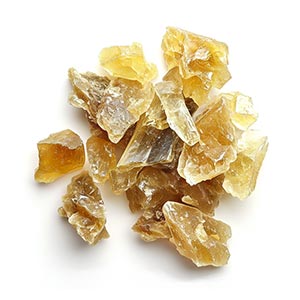
Galbanum, with its intensely green, slightly bitter, and earthy scent, adds a rich, green, and mysterious note to fragrances.

Green Tea imparts a fresh, soothing, and slightly herbaceous note to fragrances, evoking calmness and serenity.
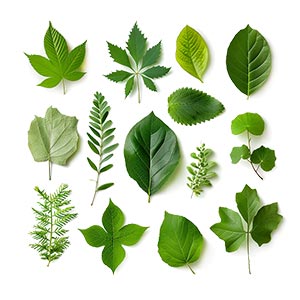
Green Leaves in fragrances bring a crisp, fresh, and natural quality, adding a dynamic and rejuvenating element.

Mint adds a refreshing and cooling sensation to fragrances, reviving the spirit with its potent scent.

Basil is a fresh and herbaceous note that brings a burst of energy and brightness to fragrances, enhancing the green, citrus, or floral aspects.

Pine adds a crisp, fresh, and invigorating aroma to fragrances, evoking the essence of a lush forest.
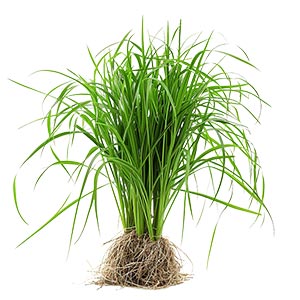
Vetiver is known for its unique, earthy and woody aroma, often used as a base note in fragrances for its strong fixative properties.
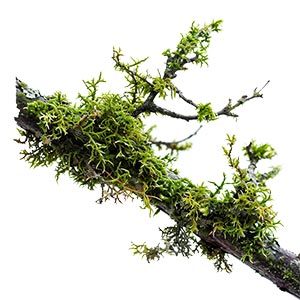
A sensual and musky fragrance with a touch of damp forest floor that is used as also used as a fixative to give scents a longer life on the skin.

Sage adds a herbaceous, slightly peppery, and earthy aroma to fragrances, contributing to a clean and refreshing character.
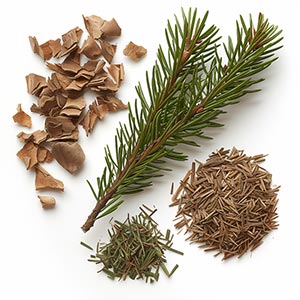
Fir in fragrances offers a natural, outdoorsy freshness with crisp and balsamic notes reminiscent of pine needles and evergreen forests.
Popular Green Fragrances
Women's Fragrances
Chance Eau Fraiche by ChanelA vibrant floral scent that intertwines the green and citrus notes with the energy of pink pepper, jasmine, and amber of patchouli.
Herba Fresca by Guerlain
A literal breath of fresh air, combining the coolness of green tea with the citrusy notes of lemon and the freshness of mint.
Vent Vert by Balmain
One of the original green fragrances, offering a combination of green notes, galbanum, and a floral heart.
Aliage by Estée Lauder
A sporty, fresh fragrance with notes of jasmine, citrus, and a unique green note that is crisp and refreshing.
Philosykos Eau de Parfum by Diptyque
Centered around the fig tree, offering a unique blend of green notes, fig leaves, and wood to create a beautiful, natural scent.
Men's Fragrances
Green Irish Tweed by CreedA classic and refined fragrance that combines fresh green notes, sandalwood, and lemon.
Eau Pour Homme by Giorgio Armani
A timeless and classic fragrance that combines citrus top notes with a heart of spicy and aromatic accords, grounded by a cedarwood base.


